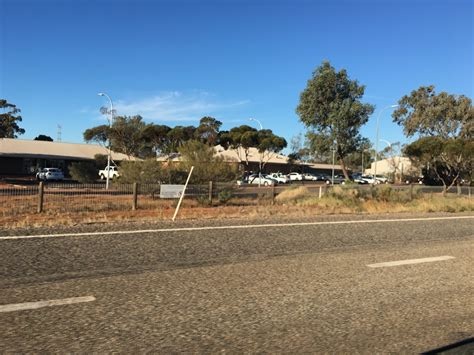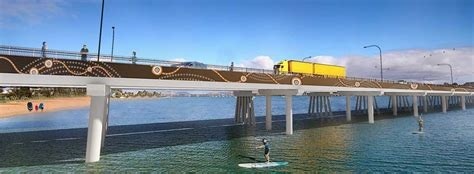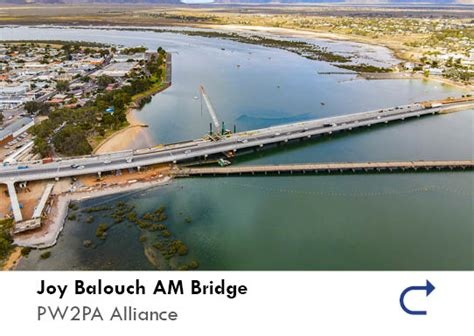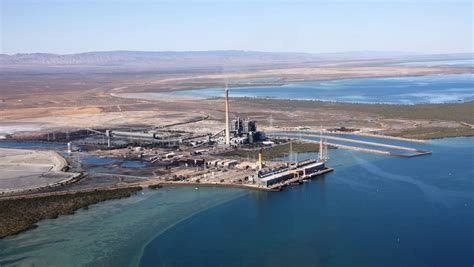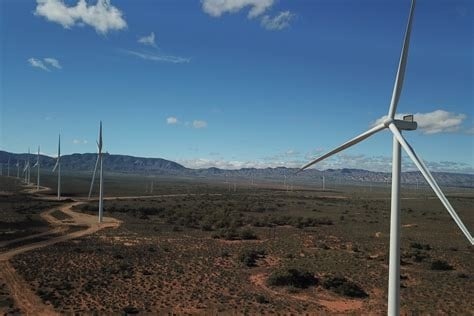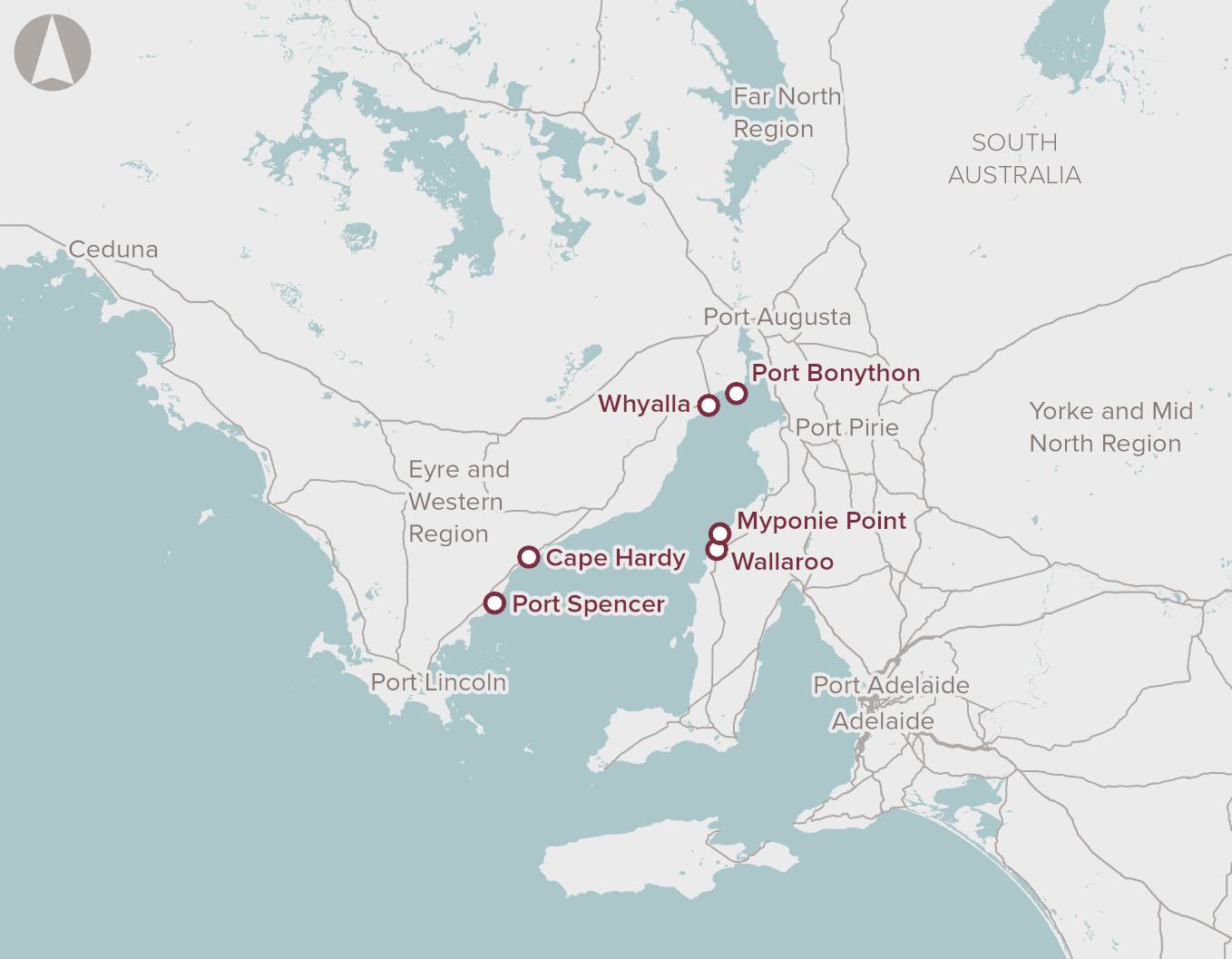Chart Color Schemes
est. as @ -- *
ABS ERP | -- people | --
2021 Census | -- people
Sales Activity
Curious about local property values? Filter the chart to assess the volume and appreciation (including resales) trends and regional comparisons, or scroll to the map below view this information at an individual property level.
Find a Recent Sale
Sales Detail
Population
Port Augusta has shown very soft population growth performance across periods assessed by AreaSearch
Port Augusta's population was approximately 14,130 as of August 2025. This figure represents an increase of 615 people from the 2021 Census total of 13,515 people, reflecting a growth rate of 4.6%. The change is inferred from the estimated resident population of 14,114 reported by the ABS in June 2024 and an additional 39 validated new addresses since the Census date. This results in a population density ratio of 55 persons per square kilometer. Port Augusta's growth rate exceeded that of its SA3 area (4.1%) during this period, indicating it as a growth leader in the region. Overseas migration accounted for approximately 69.5% of overall population gains recently.
AreaSearch uses ABS/Geoscience Australia projections for each SA2 area, released in 2024 with a base year of 2022. For areas not covered by this data and years post-2032, the SA State Government's Regional/LGA projections are adopted, adjusted using weighted aggregation methods from LGA to SA2 levels. According to demographic trends, regional areas across Australia are anticipated to have lower quartile growth in the future, with Port Augusta expected to expand by 1 person by 2041 based on the latest population numbers, reflecting a decline of approximately 0.1% over this period.
Frequently Asked Questions - Population
Development
AreaSearch assessment of residential development drivers sees a low level of activity in Port Augusta, placing the area among the bottom 25% of areas assessed nationally
Port Augusta has seen approximately 20 new homes approved annually. Development approval data from the Australian Bureau of Statistics (ABS), on a financial year basis, shows around 100 homes approved over the past five years (FY-20 to FY-25). This includes three approvals so far in FY-26. On average, about 0.4 people have moved to the area annually for each dwelling built during this period.
New construction has been matching or exceeding demand, providing more buying options and potentially enabling population growth that could surpass current expectations. The average expected construction cost of new properties is $318,000, in line with regional trends. Commercial approvals totalled $19.8 million in the current financial year, indicating moderate commercial development levels. Compared to the rest of South Australia (SA), Port Augusta has seen slightly more development activity, at 17.0% above the regional average per person over the past five years.
This maintains good buyer choice while supporting existing property values, although recent periods have shown some moderation in development activity. Nationally, Port Augusta's development activity is lower, reflecting market maturity and suggesting possible development constraints. New building activity consists of 95.0% standalone homes and 5.0% medium to high-density housing, preserving the area's traditional low-density character with a focus on family homes appealing to those seeking space. The estimated population count per dwelling approval in Port Augusta is 1595 people, reflecting its quiet, low activity development environment. With population expected to remain stable or decline, there should be reduced pressure on housing, potentially creating opportunities for buyers.
Frequently Asked Questions - Development
Infrastructure
Port Augusta has emerging levels of nearby infrastructure activity, ranking in the 33rdth percentile nationally
Area infrastructure changes significantly impact local performance. AreaSearch identified 12 projects likely affecting the area. Notable ones include McIntosh Crescent Road Resealing, Port Augusta Technical College, Bunnings Warehouse Port Augusta, and Port Augusta Wharf Upgrade. Below is a list detailing those most relevant.
Professional plan users can use the search below to filter and access additional projects.
INFRASTRUCTURE SEARCH
Frequently Asked Questions - Infrastructure
Northern Water
Northern Water is an extensive water infrastructure and supply project aimed at securing an alternate, sustainable, climate-independent water source for eastern Eyre Peninsula, Upper Spencer Gulf, and the Far North of South Australia. The project supports current and future growth in the region and reduces reliance on River Murray, Great Artesian Basin, and local groundwater resources, servicing users such as mining operations, industry (including hydrogen), Department of Defence, remote communities, pastoralists, and SA Water. Key features include a 130-260 ML/day seawater reverse osmosis desalination plant, water intake and outlet pipes, a ~600km main trunk pipeline, lateral connections, six pump stations, six water storage areas, electricity transmission infrastructure, communications towers, and ancillary services.
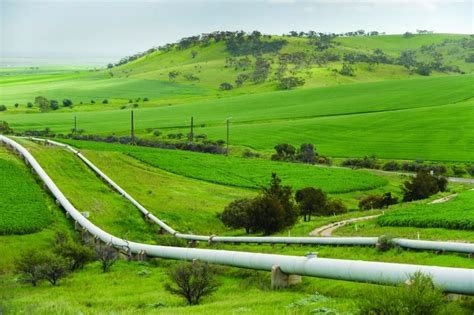
Bunnings Warehouse Port Augusta
The new Bunnings store in Port Augusta has officially opened, featuring a 5000 square meter space with a nursery, landscaping area, two-lane trade drive-through timber yard, and an outdoor living and barbecue area. The store was staffed almost entirely by Spencer Gulf locals.
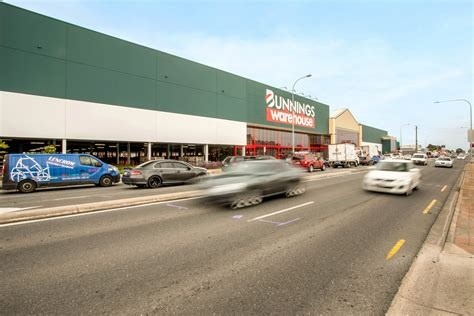
St Eyre Estate
A residential estate development located in Port Augusta West, with infrastructure for Stages 4 & 5A already in place, including roads, curbing, power, and water. These stages are available as a whole parcel to be subdivided into 60 spacious allotments, each approximately 1200 square meters. The vacant allotments allow for custom home builds, and the development is set against the scenic Baxter Ranges, with proximity to the Flinders Ranges and Spencer Gulf.
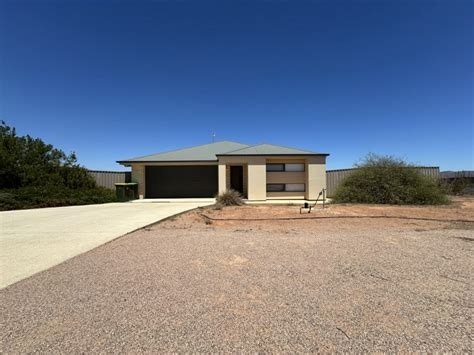
Cleary Street Residential Subdivision
A prime development opportunity in Port Augusta West, the 1.4 hectare site is zoned R-Residential and has a preliminary development plan to be subdivided into 18 allotments, subject to council approval. The land is on the market for sale.
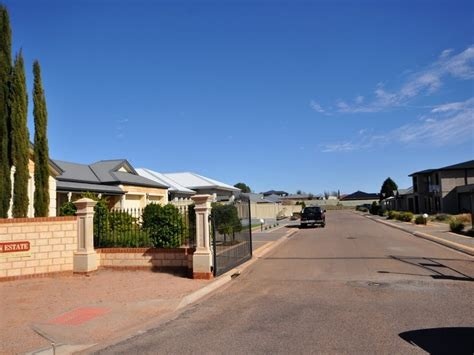
McKinnon Court Residential Development
This is a 3,100 square meter residential land lot in Port Augusta West, South Australia, that is available for sale. It is being marketed as an ideal location to build a dream home, a few courtyard homes, or to subdivide into smaller allotments, subject to council consent. The property is located next to a playground.
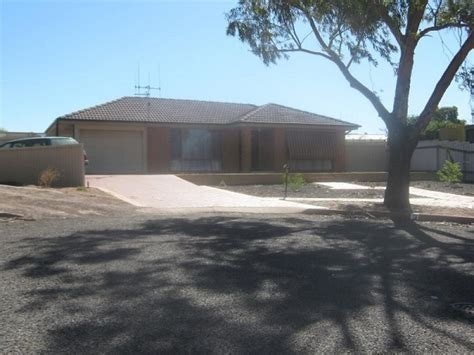
McIntosh Crescent Road Resealing
Sections of roadway on McIntosh Crescent in Port Augusta West require resealing due to deterioration and wear. The project will use a two-coat bitumen spray seal with a crumbed rubber binder.
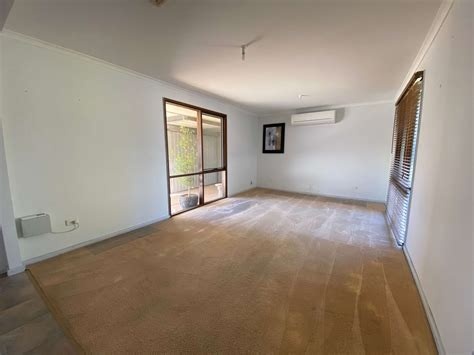
Port Augusta Technical College
A new technical college co-located on the Port Augusta Secondary School site, providing an alternative senior secondary option that equips students with the workplace skills needed in areas of high demand. One of five technical colleges committed to by the State Government as part of a $208 million plan. The Technical College will open in 2025.
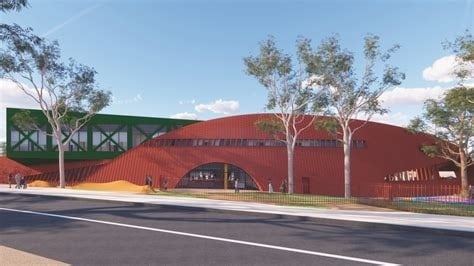
Port Augusta Wharf Upgrade
Upgrade of the heritage-listed Port Augusta Wharf to ensure long-term structural integrity and improve public access for recreational purposes. The scope includes new wharf decks, girders, cross heads, cross bracing, and about 80 new steel piles. The refurbished wharf will be load-rated for light motor vehicles up to three tonnes and for pedestrians.
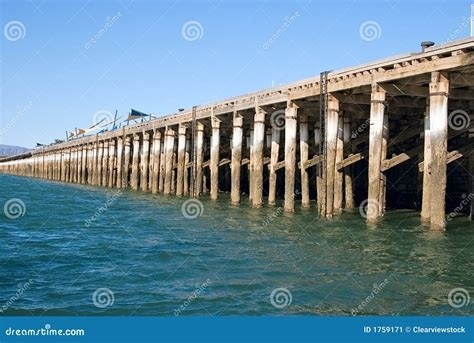
Employment
AreaSearch assessment indicates Port Augusta faces employment challenges relative to the majority of Australian markets
Port Augusta has a balanced workforce comprising both white and blue-collar jobs. Key sectors include essential services, with an unemployment rate of 8.7% as of June 2025.
Employment growth over the past year was estimated at 4.4%. There are 6,167 residents in work, with an unemployment rate of 4.1%, which is higher than Rest of SA's rate of 4.6%. Workforce participation is similar to Rest of SA's 54.1%. Dominant employment sectors among residents are health care & social assistance, public administration & safety, and retail trade.
Public administration & safety has a notable concentration with employment levels at 2.6 times the regional average. Agriculture, forestry & fishing has limited presence with 2.7% employment compared to 14.5% regionally. Many residents commute elsewhere for work based on Census data. In the 12 months prior, employment increased by 4.4%, while labour force grew by 5.9%, leading to an unemployment rise of 1.3 percentage points. This contrasts with Rest of SA where employment contracted by 1.2%. Jobs and Skills Australia's national employment forecasts from May 2025 project national employment growth at 6.6% over five years and 13.7% over ten years, but growth rates vary significantly between sectors. Applying these projections to Port Augusta's employment mix suggests local growth of approximately 6.1% over five years and 13.0% over ten years.
Frequently Asked Questions - Employment
Income
Income levels sit below national averages according to AreaSearch assessment
Port Augusta's median taxpayer income in financial year 2022 was $51,988. The average income for this period was $61,892. These figures are lower than the national averages. In contrast, Rest of SA had a median income of $46,889 and an average income of $56,582 in the same year. Based on Wage Price Index growth from financial year 2022 to March 2025, current estimates for Port Augusta are approximately $57,618 (median) and $68,595 (average). According to the 2021 Census, incomes in Port Augusta fall between the 19th and 28th percentiles nationally. The predominant income cohort spans 29.4% of locals, with incomes ranging from $1,500 to $2,999. This is similar to the surrounding region where 27.5% of people occupy this bracket. Despite modest housing costs allowing for 87.9% income retention, total disposable income in Port Augusta ranks at just the 23rd percentile nationally.
Frequently Asked Questions - Income
Housing
Port Augusta is characterized by a predominantly suburban housing profile, with above-average rates of outright home ownership
Port Augusta's dwelling structure, as per the latest Census, consisted of 80.1% houses and 19.9% other dwellings (semi-detached, apartments, 'other' dwellings). This compares to Non-Metro SA's 85.7% houses and 14.3% other dwellings. Home ownership in Port Augusta was 31.6%, similar to Non-Metro SA, with mortgaged dwellings at 29.0% and rented ones at 39.4%. The median monthly mortgage repayment in the area was $1,138, aligning with the Non-Metro SA average. The median weekly rent was $200, compared to Non-Metro SA's $187. Nationally, Port Augusta's mortgage repayments were significantly lower than the Australian average of $1,863, while rents were substantially below the national figure of $375.
Frequently Asked Questions - Housing
Household Composition
Port Augusta features high concentrations of lone person households, with a lower-than-average median household size
Family households account for 64.0% of all households, including 22.4% couples with children, 26.2% couples without children, and 14.0% single parent families. Non-family households constitute the remaining 36.0%, with lone person households at 32.9% and group households comprising 3.0%. The median household size is 2.3 people, which is smaller than the Rest of SA average of 2.4.
Frequently Asked Questions - Households
Local Schools & Education
Port Augusta faces educational challenges, with performance metrics placing it in the bottom quartile of areas assessed nationally
The area's university qualification rate is significantly lower than the Australian average, at 12.3% compared to 30.4%. This discrepancy presents both a challenge and an opportunity for targeted educational initiatives. Bachelor degrees are most common among qualified residents, at 8.4%, followed by postgraduate qualifications (2.3%) and graduate diplomas (1.6%). Vocational credentials are also prevalent, with 36.9% of residents aged 15 and above holding them - advanced diplomas account for 7.4% while certificates make up 29.5%.
Educational participation is notably high, with 31.8% of residents currently enrolled in formal education. This includes 14.5% in primary education, 8.6% in secondary education, and 2.5% pursuing tertiary education. There are 11 schools serving a total of 2,397 students in Port Augusta. The educational mix consists of 5 primary schools, 1 secondary school, and 5 K-12 schools.
Frequently Asked Questions - Education
Schools Detail
Nearby Services & Amenities
Transport
No public transport data available for this catchment area.
Frequently Asked Questions - Transport
Transport Stops Detail
Health
Health performance in Port Augusta is well below average with prevalence of common health conditions notable across both younger and older age cohorts
Port Augusta faces significant health challenges, as indicated by health data. Both younger and older age groups have a notable prevalence of common health conditions.
Approximately 51% (~7,149 people) of Port Augusta's total population has private health cover, which is lower than the 53.1% rate across the rest of South Australia (SA). The most prevalent medical conditions in Port Augusta are asthma and arthritis, affecting 10.2 and 9.3% of residents respectively. Conversely, 63.5% of residents reported having no medical ailments, compared to 68.2% in the rest of SA. As of a specific date (not provided), 18.1% of Port Augusta's residents were aged 65 and over (2,553 people), which is higher than the 16.3% rate in the rest of SA. Health outcomes among seniors in Port Augusta present some challenges, broadly reflecting the general population's health profile.
Frequently Asked Questions - Health
Cultural Diversity
Port Augusta is considerably less culturally diverse than average when assessed alongside AreaSearch's national rankings for language and cultural background related metrics
Port Augusta was found to have below average cultural diversity, with 83.7% of its population being Australian citizens, 90.7% born in Australia, and 92.0% speaking English only at home. The predominant religion in Port Augusta is Christianity, comprising 39.7% of the population. However, the most notable overrepresentation was seen in the 'Other' category, which makes up 1.5% of Port Augusta's population compared to 1.9% across the rest of South Australia.
In terms of ancestry, the top three represented groups in Port Augusta are Australian (31.2%), English (26.6%), and Australian Aboriginal (14.4%). Notably, the German ethnic group is overrepresented in Port Augusta at 5.2%, compared to 4.8% regionally.
Frequently Asked Questions - Diversity
Age
Port Augusta's population is slightly younger than the national pattern
Port Augusta's median age is 38 years, which is significantly lower than the Rest of SA average of 47 but aligns with Australia's median age of 38 years. The age profile in Port Augusta shows that the 25-34 year-old group makes up 14.8% of the population, while the 65-74 year-old group comprises 9.7%. Between 2021 and now, the proportion of residents aged 35 to 44 has increased from 12.0% to 13.8%, while those aged 45 to 54 have decreased from 12.2% to 11.3%. By 2041, Port Augusta's population forecasts indicate significant demographic changes. The number of residents aged 85 and above is projected to grow by 100%, adding 300 individuals to reach a total of 601 in this age group. Residents aged 65 and above will drive 80% of the population growth, highlighting the trend towards an aging demographic. Meanwhile, declines are projected for the 0-4 and 15-24 age cohorts.
